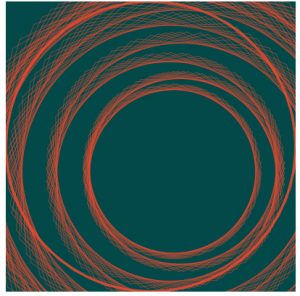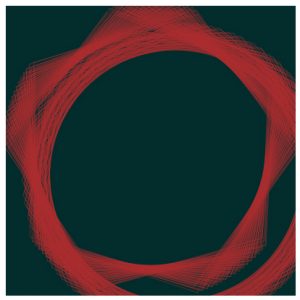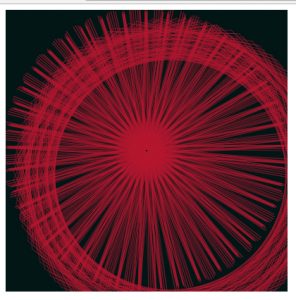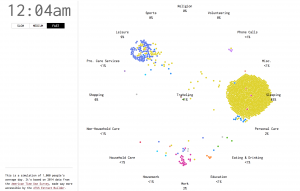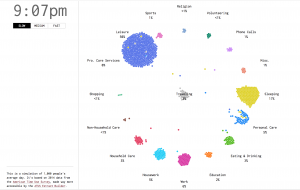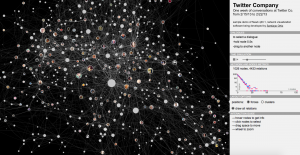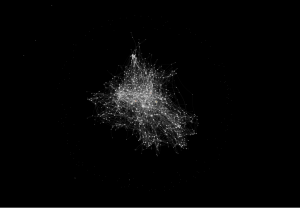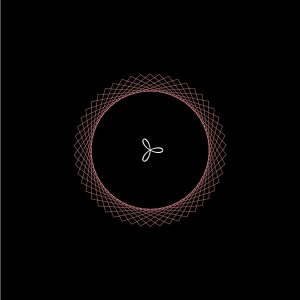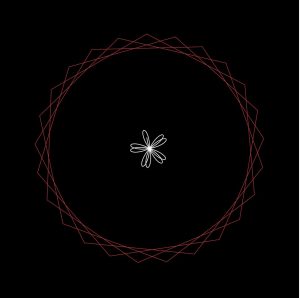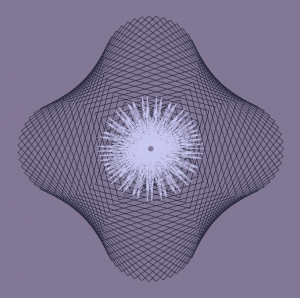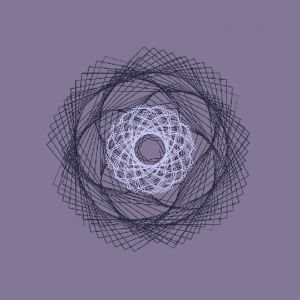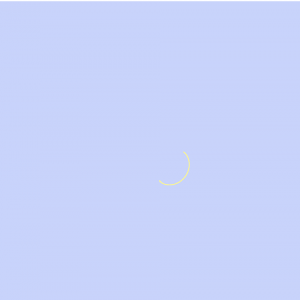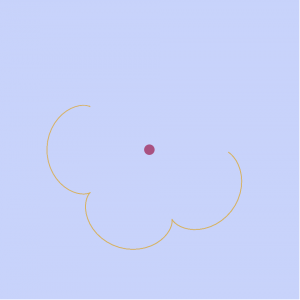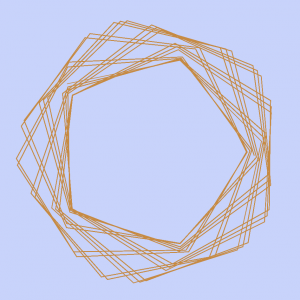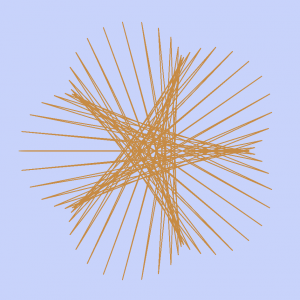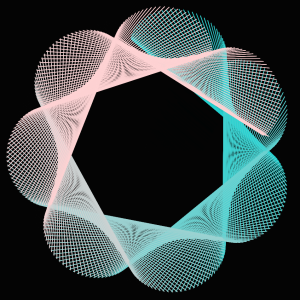Rachel Binx
Rachel Binx is an avid traveler and designer. She has a data visualization background, and finds it natural to convert her experiences to data points to visualize. She has a double degree in math and art history from Santa Clara University (go NorCal!) She works at Netflix currently.
She created a company that creates jewelry, called Meshu, based on geographic locations on a map that people have visited. She found that the backstories/meaning behind the jewelry was intensely meaningful and personal.

Her work also touches upon manufacturing goods with customized, personal touches using forward looking technologies like 3d printing, and laser-cutting.
Another project of Binx’s is WifiDiary, where she programmed her computer to take a photo of her every single time she connected to a different wifi hotspot.
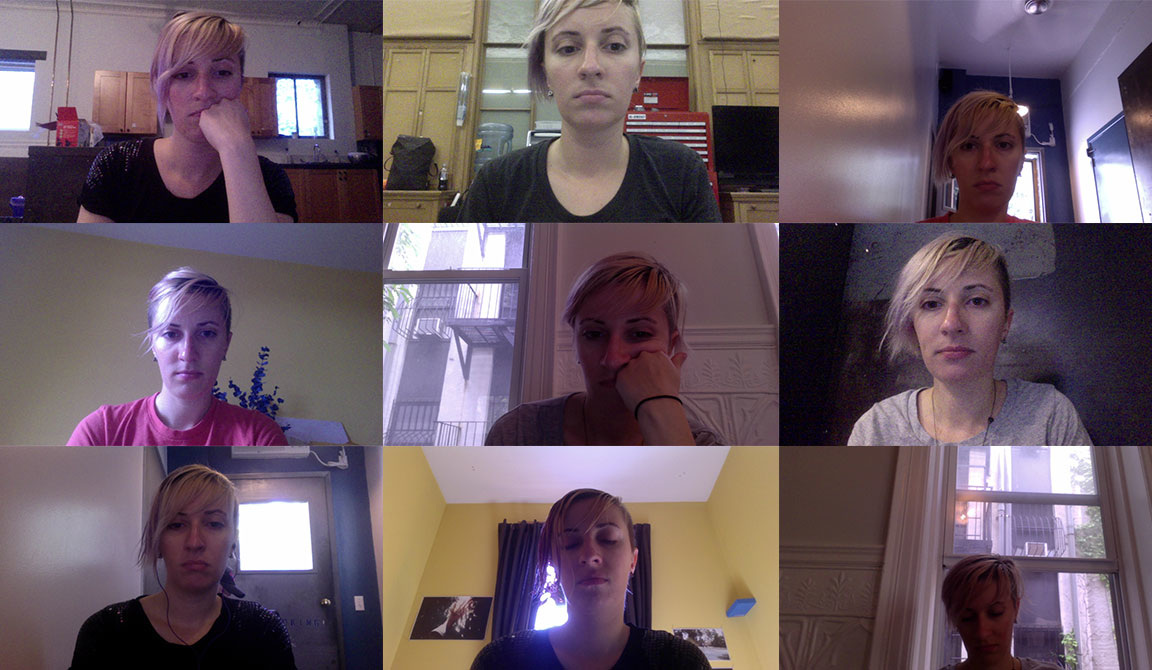
I really admire how she uses tools and technology to really enhance her projects, such as laser-cutting/3D printing. I’m actually really glad I stumbled upon her work because I love geography, and have always been personally interested in mapping out my own personal experiences. Often, data visualization seems like a lot of heavy statistics, but personalizing it and using it to reflect on your own emotional experiences is a powerful way to use it.
I actually don’t think she’s that effective of a presenter. Her tempo varies a lot, and she seems a bit too nervous about her own work. She should own it more. But she is fine at getting her points across.
![[OLD FALL 2017] 15-104 • Introduction to Computing for Creative Practice](../../../../wp-content/uploads/2020/08/stop-banner.png)
